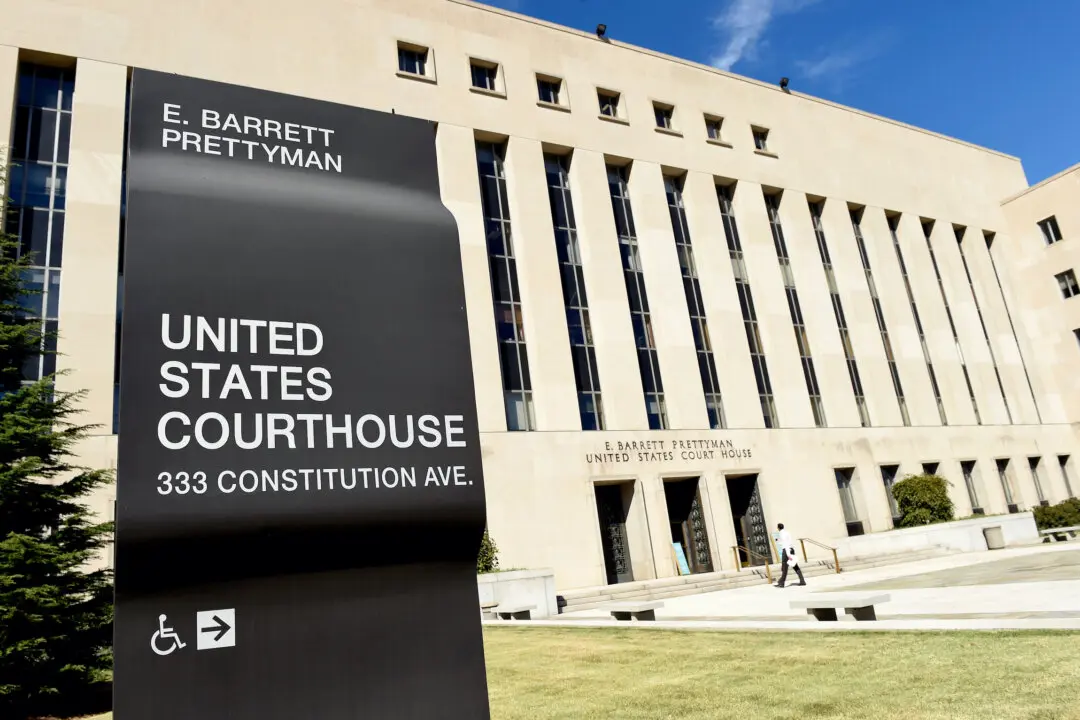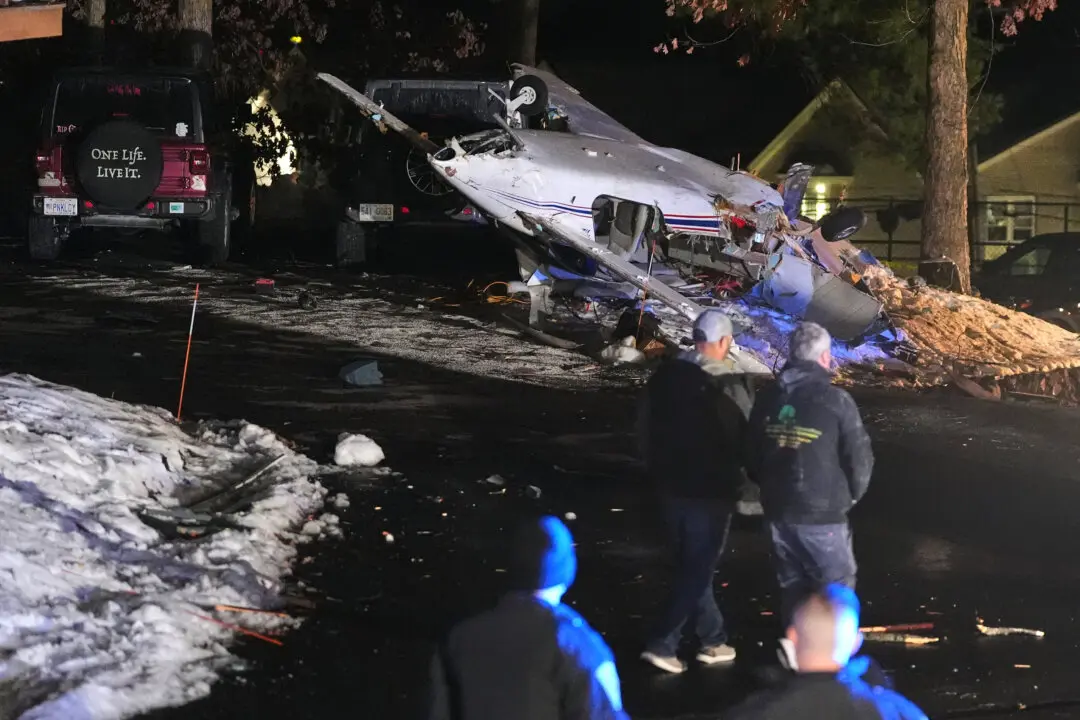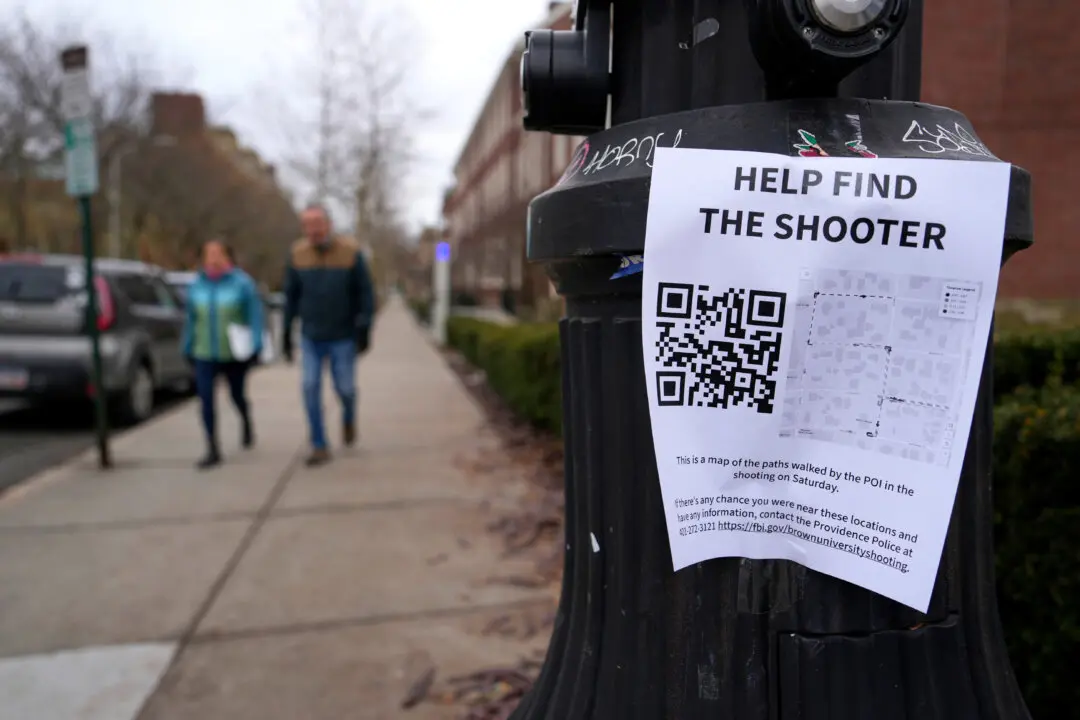NEW YORK — Household objects, industrial cast-offs and vintage farm tools — all these and more are being salvaged and upcycled into lighting fixtures that range from elegant to funky to pure wow.
The trend is evident at eateries like Malai Marke, a stylish Indian restaurant in New York City’s East Village, where light in the dining room glows from bulbs surrounded by green wine bottles arranged in a circle, empty but corked.

This July 25, 2015 photo shows a light fixture at Malai Marke, a stylish Indian restaurant in New York City's East Village, where light in the dining room glows from bulbs surrounded by green wine bottles arranged in a circle, empty but corked. AP Photo/Beth J. Harpaz





